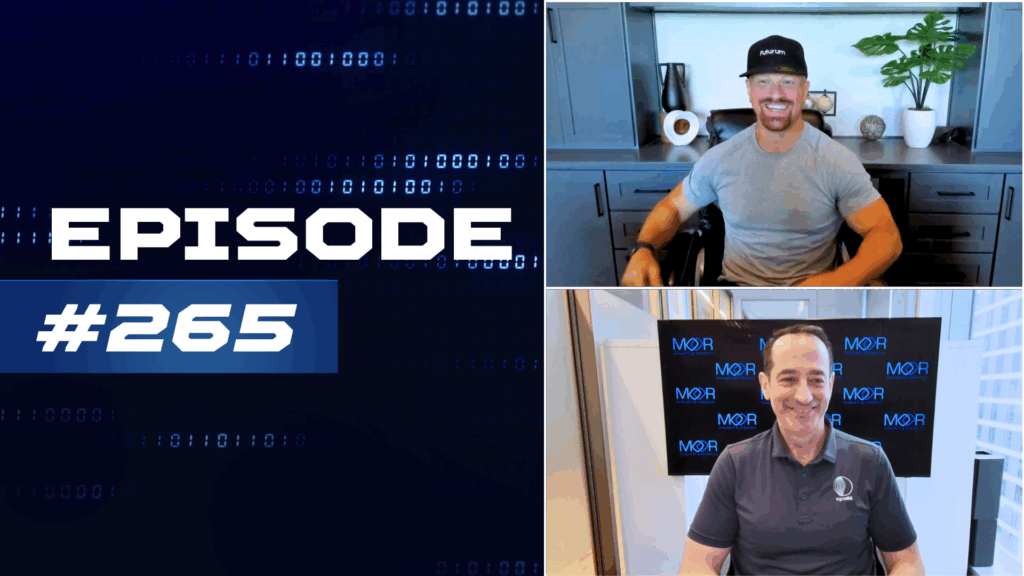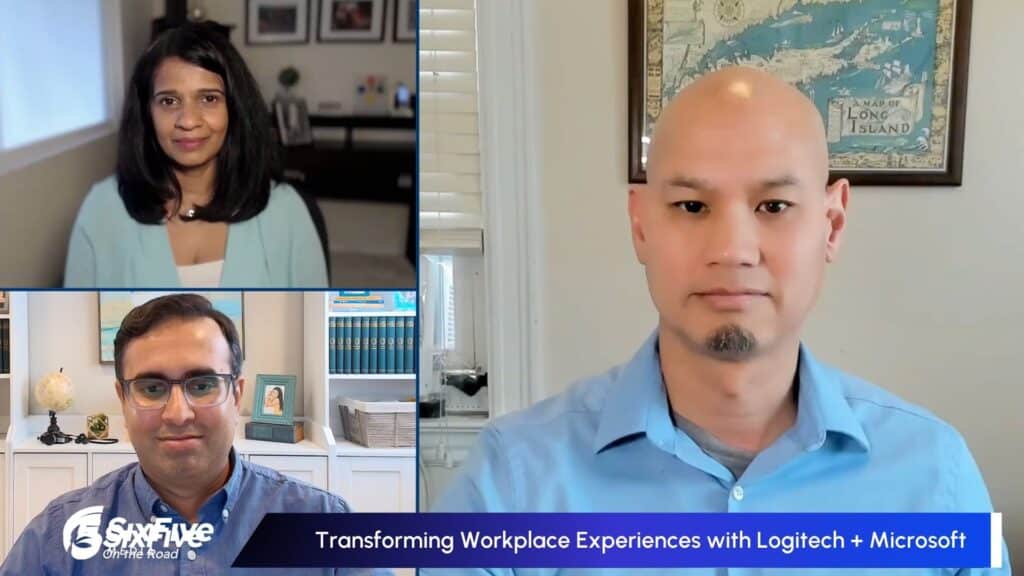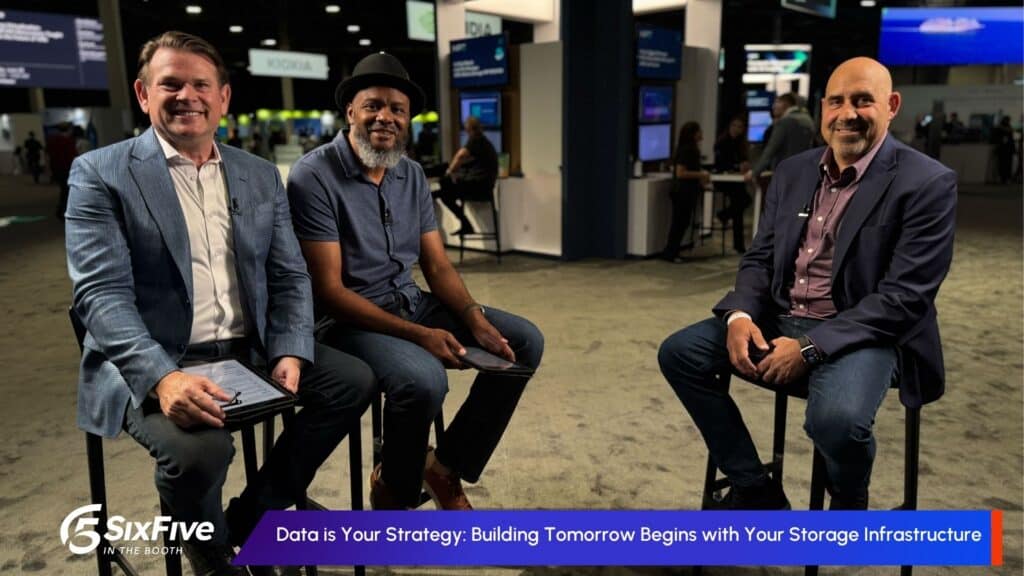The News: In 2022, 1 billion packages, or one-eighth of all the orders Amazon delivered to customers worldwide, were sorted by Robin, one of Amazon’s robotic systems. Amazon has become the world’s largest manufacturer of industrial robots, deploying more than 750,000 mobile robots across its operations worldwide. Amazon robotic systems have been integrated into its operations, driving innovation and growth and directly benefiting its employees and customers. Read more on Amazon’s website.
Amazon Robotic Systems Benefit Employees and Customers
Analyst Take: In 2022, 1 billion packages, or one-eighth of all the orders Amazon delivered to customers worldwide, were sorted by Robin, one of Amazon’s robotic handling systems. Amazon has become the world’s largest manufacturer of industrial robots; it has deployed more than 750,000 mobile robots across its operations worldwide. Amazon robotic systems have been integrated into its operations, driving innovation and growth and directly benefiting its employees and customers. Amazon has a dedicated team of roboticists, engineers, software developers, and other experts to develop solutions allowing the company to automate moving, handling, sorting, identifying, and storing products. Over the last year, Amazon has announced the newest collaborative robotics developed using the latest in computer vision and machine learning (ML). The Amazon robotic systems are designed to help Amazon employees move products more efficiently and safely in its fulfillment centers.
Amazon robotic systems benefits include:
- Increased efficiency: Robots able to move products more efficiently around the warehouse floor, freeing up employees to focus on other tasks
- Improved safety: Robots are designed to work safely alongside human employees; they are equipped with sensors that allow them to detect and avoid obstacles
- Reduced costs: Robots reduce the cost of labor in Amazon’s warehouses
Proteus
Proteus is Amazon’s first fully autonomous warehouse robot, designed to move around Amazon facilities on its own while carrying carts full of packages. According to Amazon, the robot uses an advanced safety, perception, and navigation technology that was developed to enable it to work without hindering human employees. Proteus emits a green beam ahead of it while it moves and it will stop if a human worker steps in front of the beam. This large, rectangular robot can carry up to 5,000 pounds of cargo and is designed to move whole carts of products around the warehouse floor, freeing up employees to focus on other tasks. Proteus is battery-powered and can travel up to 10 miles per hour.
Cardinal
Cardinal is a smaller, more agile robot designed to pick up and move individual packages. This robot uses AI and computer vision to identify, pick up, and transport packages to their destination. Cardinal is also battery-powered and can travel up to 5 miles per hour. Like Proteus, Cardinal is designed to work safely alongside human employees. The robots are equipped with sensors, allowing them to detect and avoid obstacles. They have a slow-moving mode that allows employees to interact with them safely.
Sparrow
Sparrow is Amazon’s first warehouse-based robotic system that can detect, select, and handle individual products in Amazon inventory. Sparrow leverages computer vision and AI to recognize and handle millions of items.
Containerized Storage
Amazon’s new Containerized Storage System helps to identify which warehouse pod has the container with the needed product, where that container is located in the pod, how to grab and pull the container to the employee, and how to pick up the container once the employee has collected the product.
Last year, with the support of Amazon robotic systems, Amazon’s employees worldwide picked, stowed, or packed approximately 5 billion packages or more than 13 million packages per day. Amazon robotics systems enable employees to operate efficiently and safely. In 2020, Amazon introduced the Amazon Mechatronic and Robotics Apprenticeship program. The 12-week classroom apprentice program, which is paid for by Amazon, is followed by 2,000 hours of on-the-job training and industry-recognized certifications. In this way, the company helps its employees learn new skills and pursue in-demand technical maintenance roles. Following completion of this apprenticeship, program participants see pay increases of about 40%.
Disclosure: The Futurum Group is a research and advisory firm that engages or has engaged in research, analysis, and advisory services with many technology companies, including those mentioned in this article. The author does not hold any equity positions with any company mentioned in this article.
Analysis and opinions expressed herein are specific to the analyst individually and data and other information that might have been provided for validation, not those of The Futurum Group as a whole.
Other Insights from The Futurum Group:
AI-Enabled Features in Amazon Echo Products Point to the Future of UX
Amazon Introduces AWS HealthScribe to Enhance Patient Medical Care
Next-Generation Compute: Agents for Amazon Bedrock Complete Tasks
Author Information
Clint brings over 20 years of market research and consulting experience, focused on emerging technology markets. He was co-founder and CEO of Dash Network, an integrated research and digital media firm focused on the CX market, which was acquired by The Futurum Group in 2022. He previously founded Tractica with a focus on human interaction with technology, including coverage of AI, user interface technologies, advanced computing, and other emerging sectors. Acquired by Informa Group, Clint served as Chief Research Officer for Informa’s research division, Omdia, with management and content strategy responsibility, formed by the combination of Tractica, Ovum, IHS Markit Technology, and Heavy Reading.
Clint was previously the founder and President of Pike Research, a leading market intelligence firm focused on the global clean technology industry, which was acquired by Navigant Consulting where he was Managing Director of the Navigant Research business.
Prior to Pike Research, Clint was Chief Research Officer at ABI Research, a New York-based industry analyst firm concentrating on the impact of emerging technologies on global consumer and business markets.
Clint holds a Master of Business Administration in Telecommunications Management from the University of Dallas and a Bachelor of Arts in History from Washington & Lee University.





